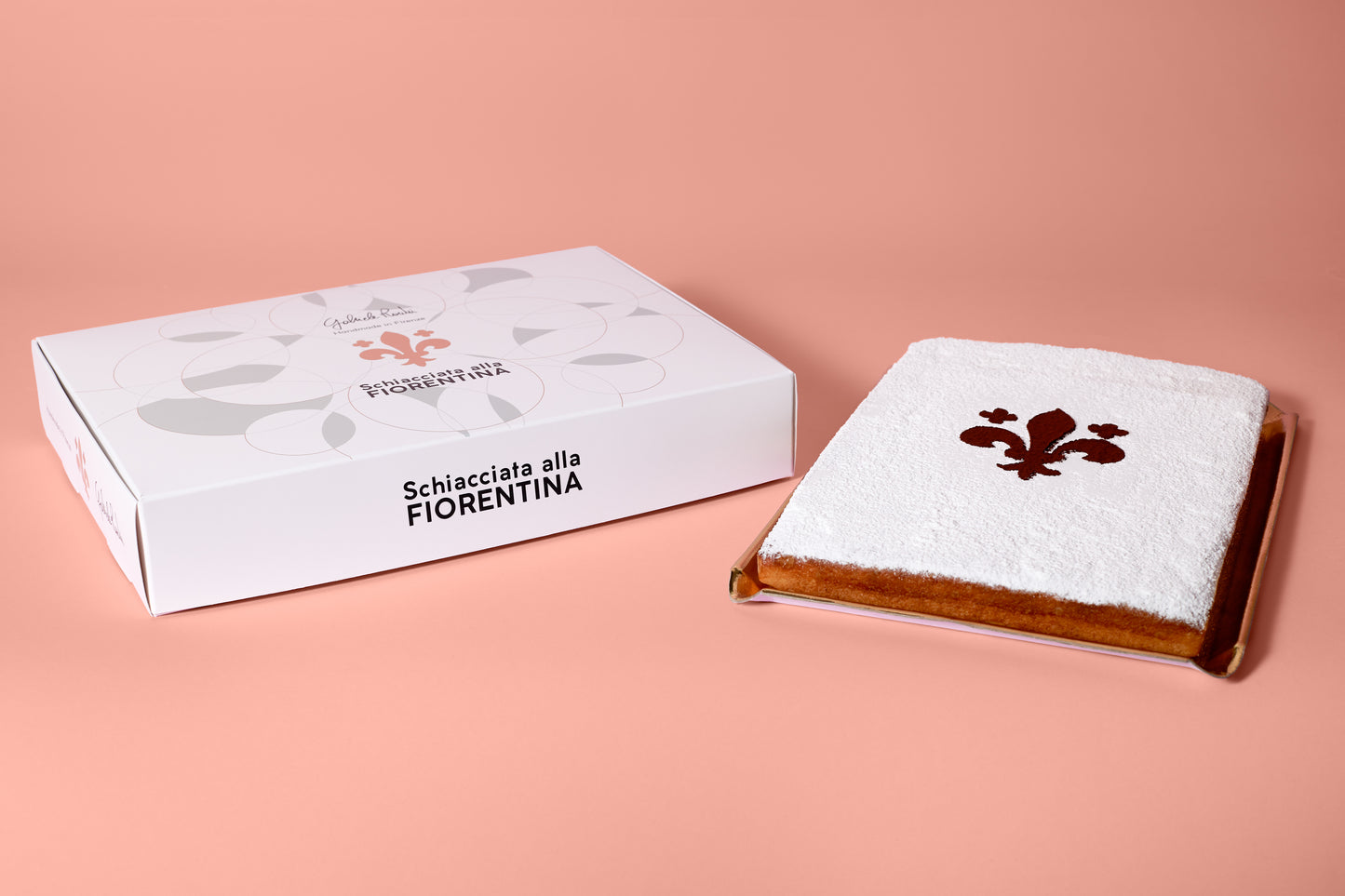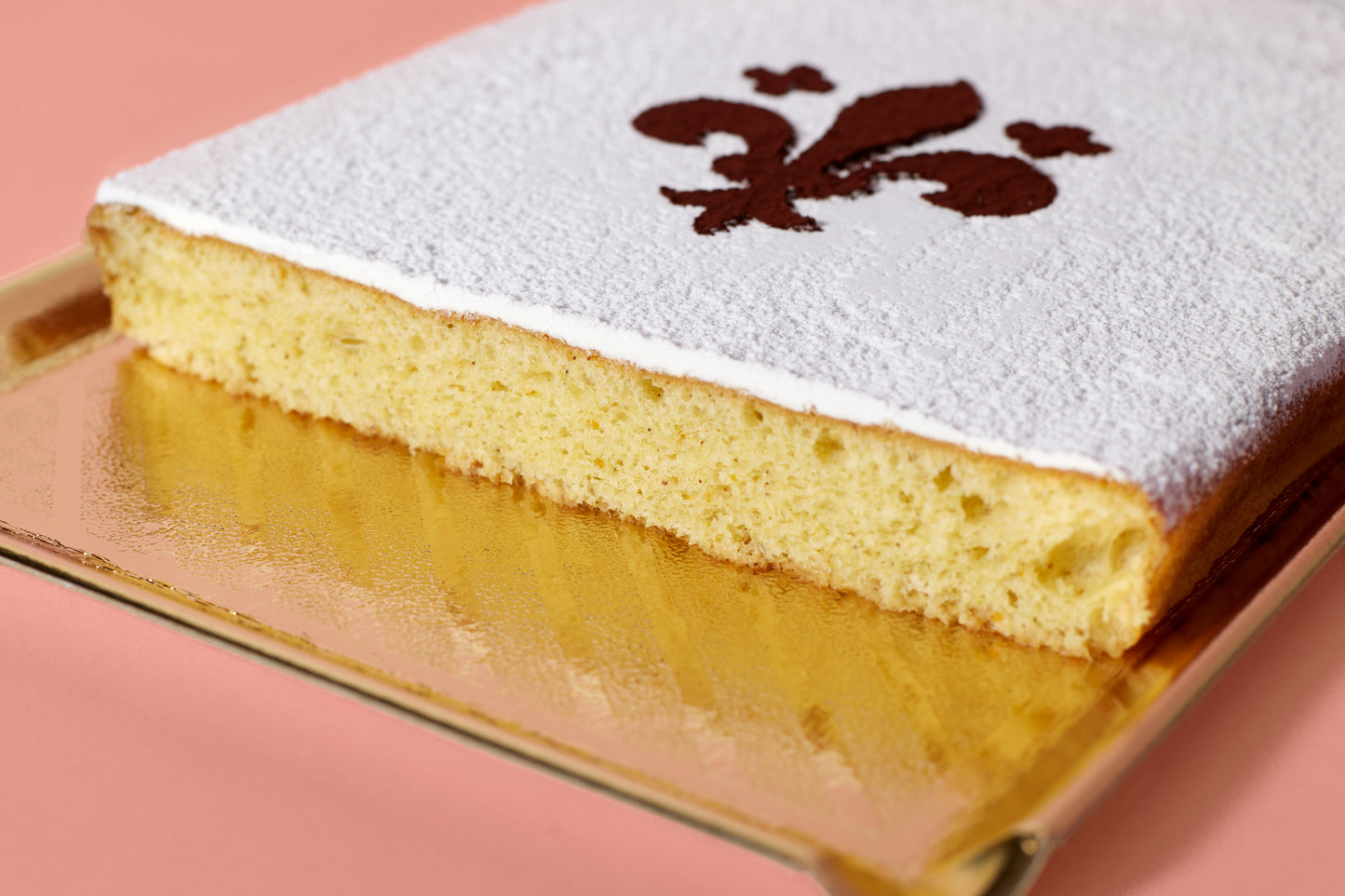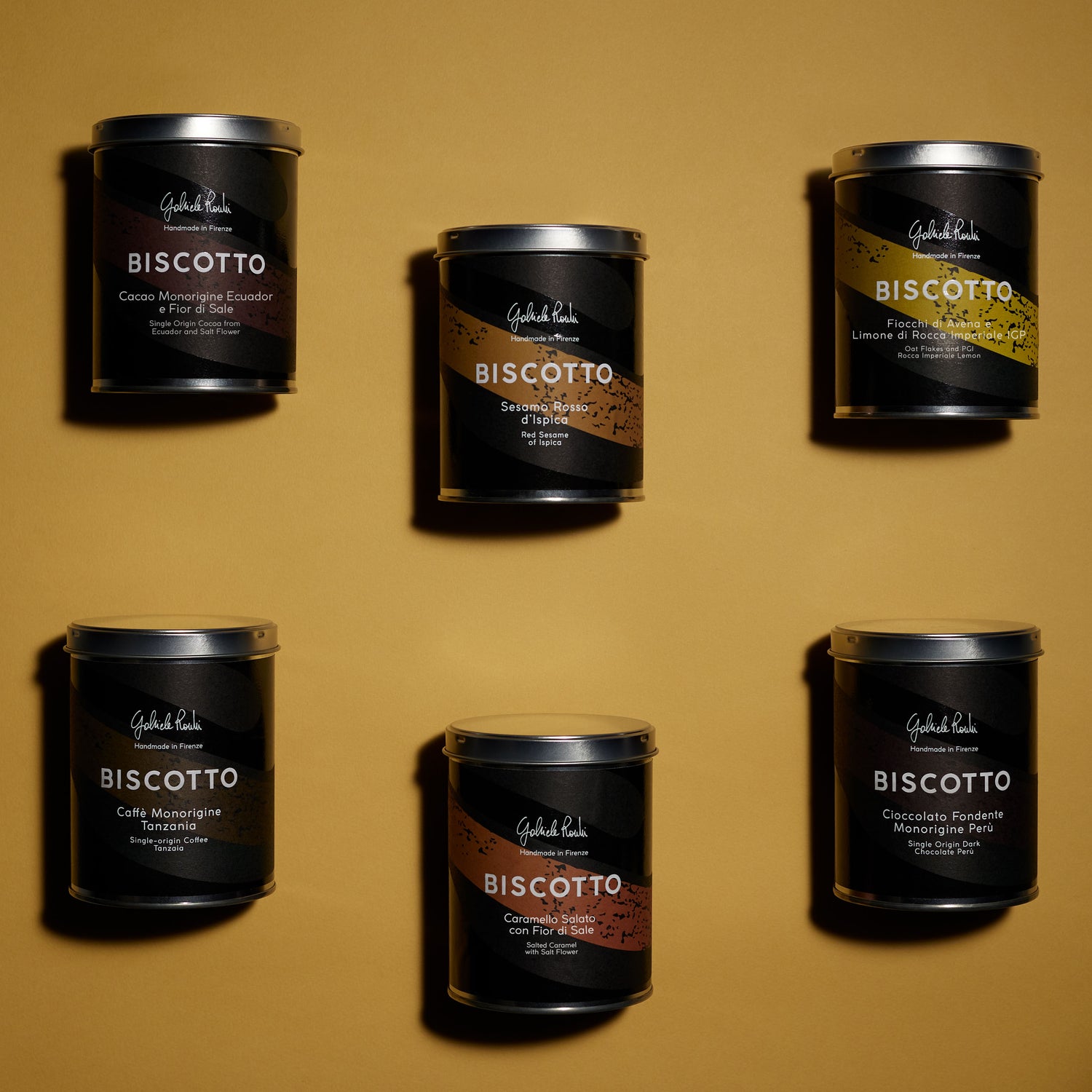Schiacciata alla Fiorentina
Schiacciata alla Fiorentina
Weight: 500 g ℮
Couldn't load pickup availability
is a freshly packaged artisan product without preservatives.
Ingredients and Allergens *
Ingredients and Allergens *
Soft wheat flour* 00, Fresh whole eggs* CAT. A, Sugar, Lard, Yogurt (Milk*), Mother Yeast (Flour*, Water), Butter* 82% mg, Brewer's Yeast, Spices (Coriander fruit, Cinnamon (naturally contains coumarin), Cloves, Nutmeg, Mace, Pimento), Orange peel, Lemon peel, Salt, Icing Sugar, Cocoa. May contain traces of nuts*, peanuts*, sesame*, soy* and malt*. Allergenic ingredients*
Consuming
Consuming
Consume lukewarm at about 30 ° C.
storage
storage
Store in a cool, dry place away from heat sources. The product does not contain preservatives. The expiry date is indicated on the package. We guarantee an expiration date of at least 20 days from the first attempt to deliver the products by the courier.


is a freshly packaged artisan product without preservatives.
An historic dessert for Florentines that originally, in the eighteenth century, was known as “Stiacciata delle Murate” because it was prepared by the cloistered nuns of the convent in Via Ghibellina in Florence. The nuns cooked the Schiacciata alla Fiorentina in the rectangular pans in which they served meals to prisoners. It is said that it was also part of the last meal of those condemned to death, executed in the nearby Prato della Giustizia..
Later mentioned by the famous nineteenth-century gastronome Pellegrino Artusi, who proposed it in his historical book “Science in the kitchen and the art of eating well” with the name of “Schiacciata unta”. It was prepared to be eaten only on Shrove Tuesday, the last day of Carnival.
At first, Schiacciata alla Fiorentina was just a bread dough enriched with lard, sometimes even pork cracklings were added to what still remains a carnival dessert. In fact, on this occasion it was possible to indulge in the pleasures of food and meat and not respect religious and social conventions, before the period of Lent.
Nowadays it has been made even more special by adding sugar, spices and orange peel, mainly prepared during the carnival period. But it is not uncommon to find it throughout the year in the city's pastry shops.




